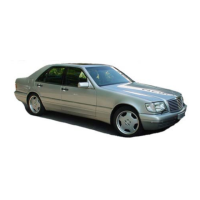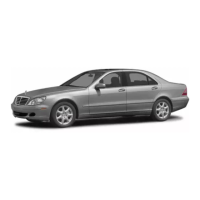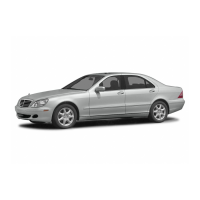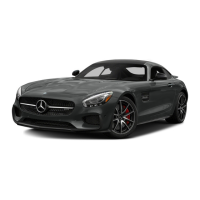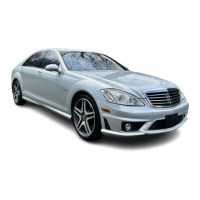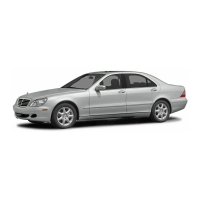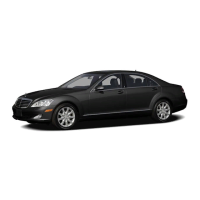408
Operation
Driving tips
You will find basic driving tips in the “Driv-
ing and parking” section (
컄 page 287).
You should downshift (shift ranges 1, 2 or
3) (컄 page 295) when driving on long and
steep downhill gradients. This prevents the
brakes from overheating or wearing too
quickly.
Do not park the vehicle immediately after
the brakes have been subjected to a heavy
load, drive on for a short while instead. The
airflow will cool the brakes more quickly.
The following may occur if you have driven
for a long time in heavy rain without brak-
ing:
앫 The brakes respond with a delay.
앫 You have to depress the brake pedal
more firmly.
You must therefore maintain a greater dis-
tance from the vehicle in front.
You should brake firmly after driving on a
wet or snow-covered road surface before
stopping the engine, especially if road salts
have been spread. This will heat the brake
discs, thereby drying them more quickly
and protecting them against corrosion.
You should occasionally test the effective-
ness of the brakes if you usually only brake
with moderation. To do so, brake the vehi-
cle from high speed. This will improve the
grip of the brakes.
For safety reasons, Mercedes-Benz recom-
mends that you only have brake pads/
linings fitted that have been approved for
Mercedes-Benz vehicles. Brake pads/
linings which have not been approved for
Mercedes-Benz could affect your vehicle’s
operating safety.
Driving tips
Coasting with the engine switched
off
G Risk of accident
There is no power assistance for the steer-
ing and the service brake when the engine is
not running.
Steering and braking requires significantly
more effort and you could lose control of the
vehicle and cause an accident as a result.
Do not switch off the engine while the vehi-
cle is in motion.
Braking
G Risk of accident
Make sure that you do not endanger other
road users when you apply the brakes.
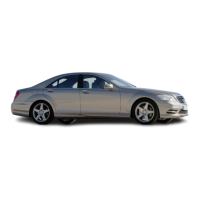
